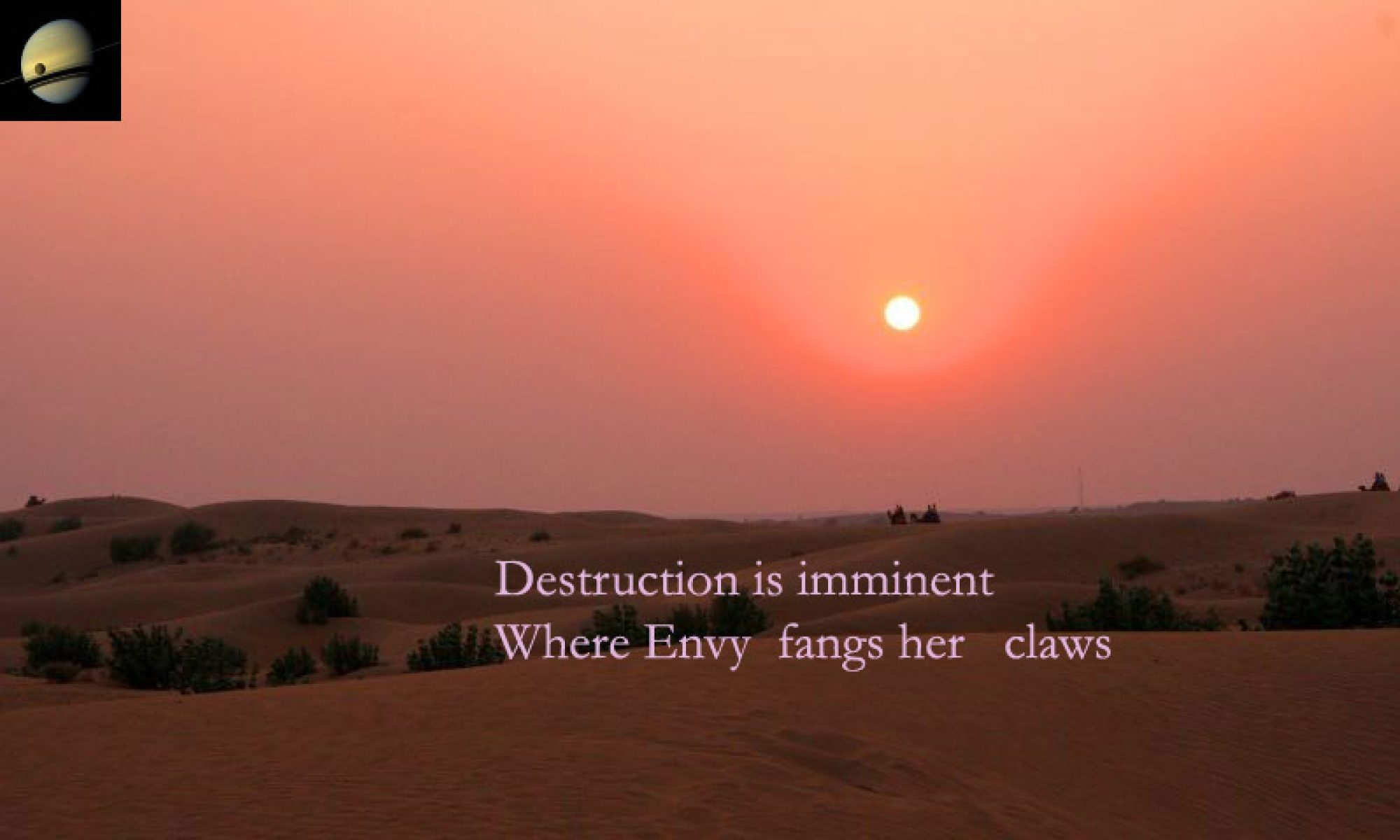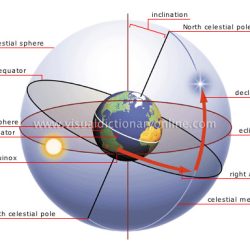The word ” hour ” is derived from the Sanskrit, Hora. A Zodiacal Sign is two hours and a day is made up of 24 Horas or Hours!
Ardha Rasi Bhaveth Hora Chaturvimsathi Smritah
In other words, 30 degrees is one Zodiacal Sign and 15 degrees one Hora or Hour.
The first 15 degrees of Aries is Odd and the next 15 degrees is Even. The Odd Horas are ruled by the Sun and the Even Horas are ruled by the Moon.
By this calculation, it is easy to understand who the lord of the Hora is.
So there are two Hora lords, Sun and Moon – Soorya Hora and Chandra Hora.
So from the longitude of a planet, it is possible to know the Hora lord, as 24 horas are ruled by the Sun and Moon.
For example, Mars is in the 5th degree of Aries. We say the Hora lord of Mars is the Sun. Suppose Jupiter is in the 25th degree of Aries. Moon is the Hora lord of Jupiter


